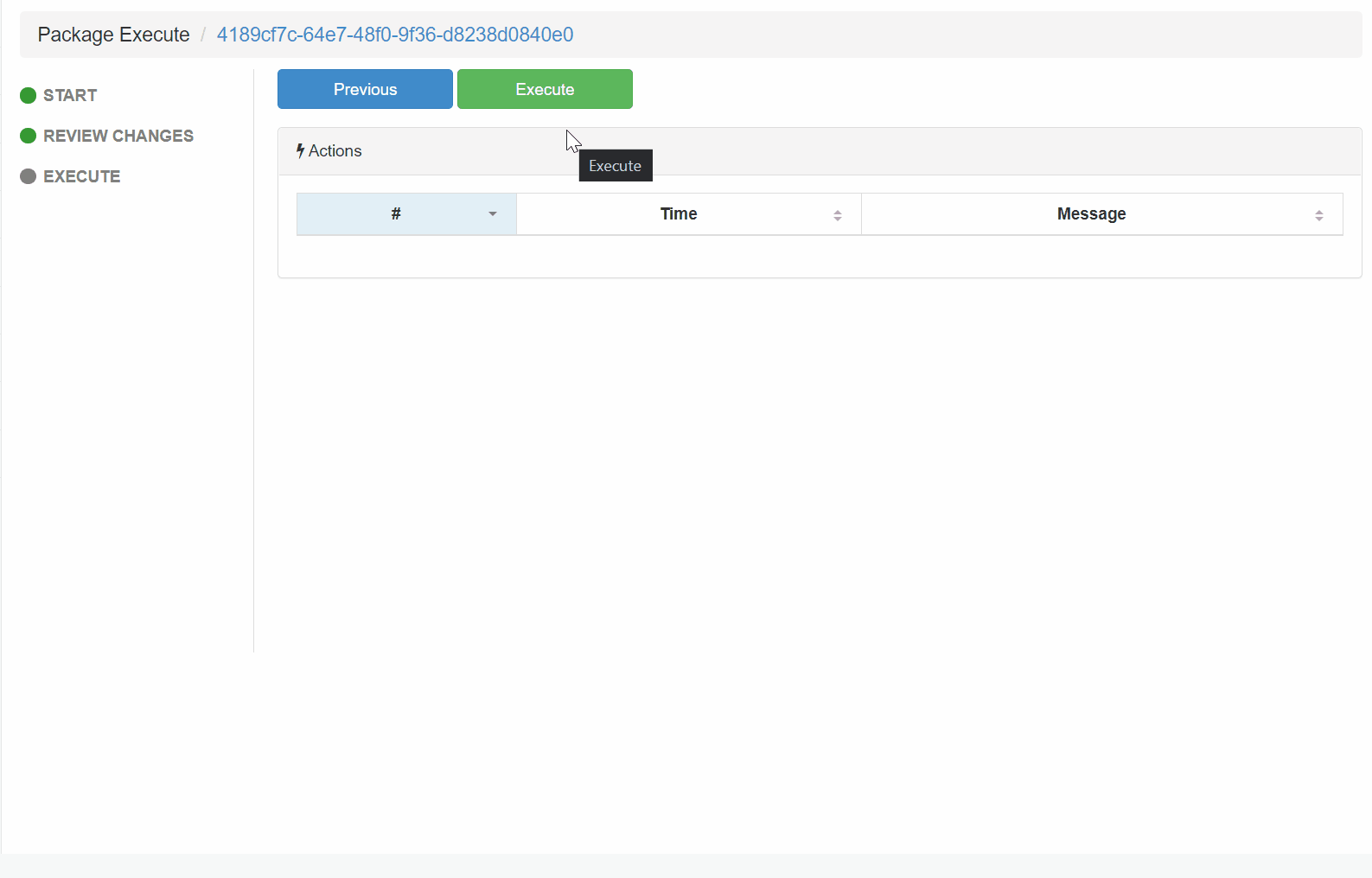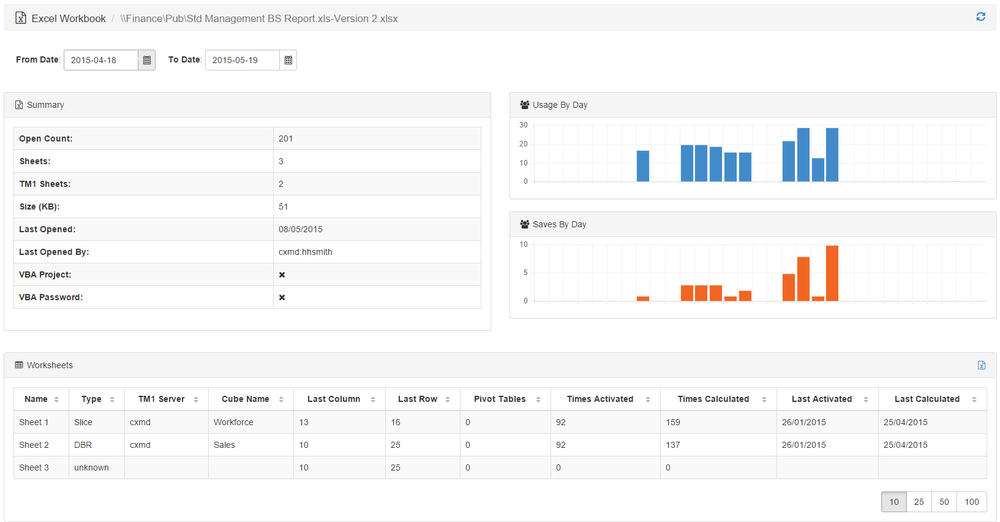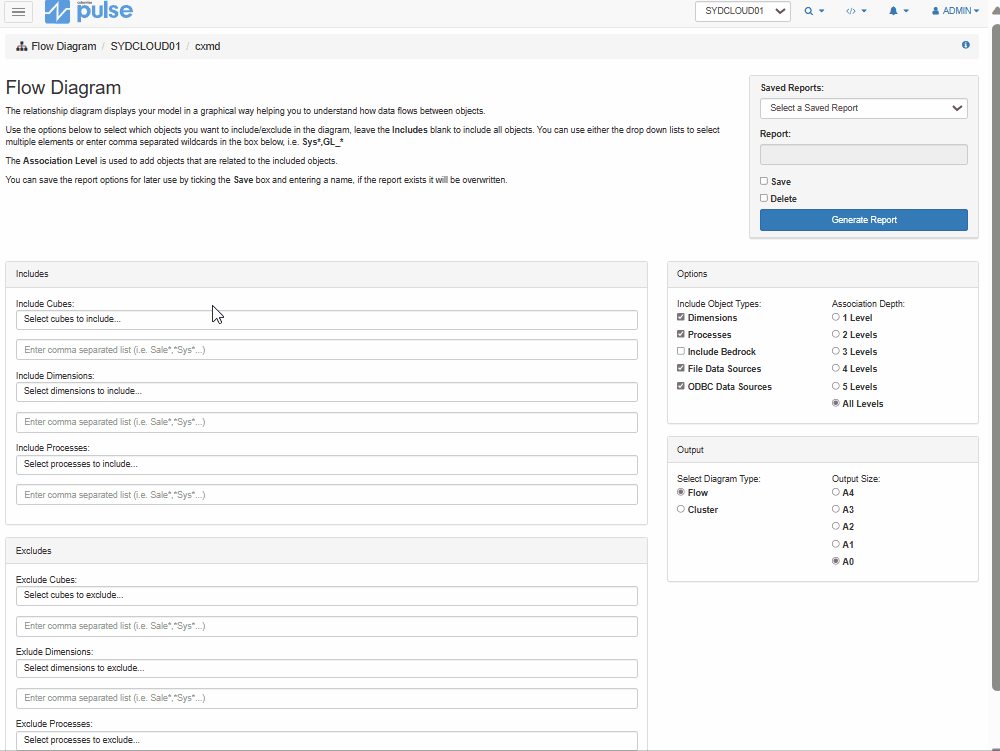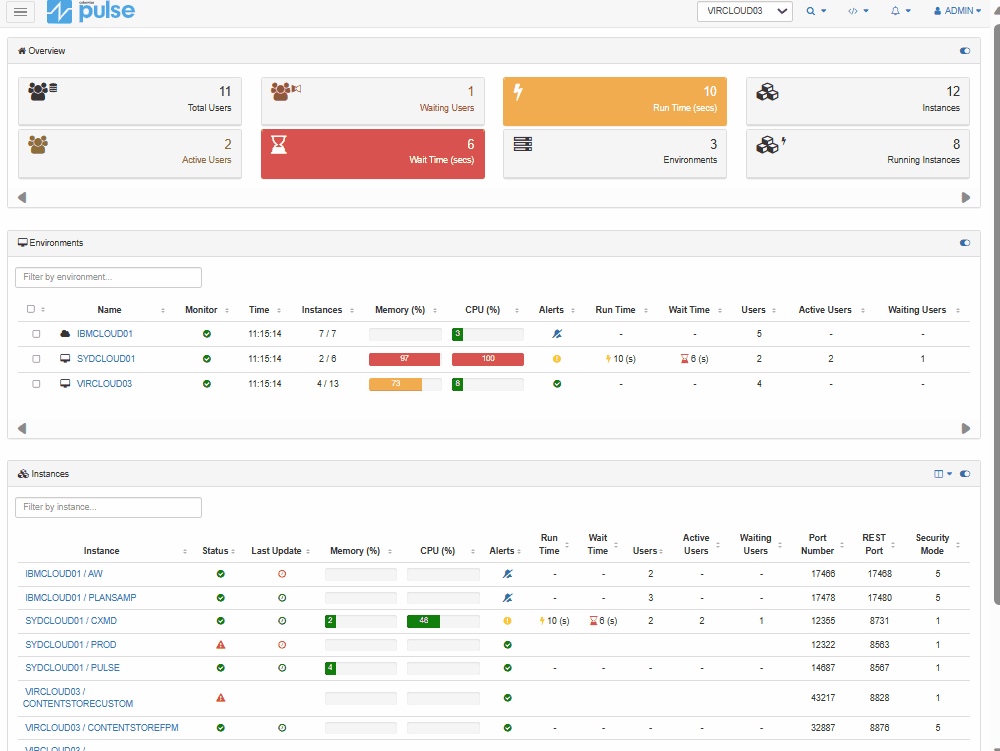While TM1 is incredibly powerful and wide-ranging, its impact is dependent on a range of other decisions surrounding your workflows, processes, supplementary technology, and so on. In fact, with our clients, we’ve seen that small optimizations can completely transform how users experience the tool and therefore drastically improve productivity and morale within your FP&A function.
A good example of this is a Cubewise piece of software that we call Pulse. This is the best-in-class application lifecycle management software for IBM Planning Analytics and in this case study, we want to share a few of the key use cases that make it such a strong asset to add to your technology stack.
Managing Migrations
As your IBM Planning Analytics applications grow in size, scale, and complexity – you inevitably run into many situations where you have to run system migrations. This might be as simple as promoting applications from development through test and production, but it also might be as complex as a significant change in underlying configurations that forces a large-scale system migration.
In all these cases, it can often require the servers to be taken offline, slowing down and stopping many other financial processes happening across the company, while also using up valuable time and resources from the team performing the migration.
Pulse can help to automate and streamline many of these change management processes while still keeping track of all the different object dependencies that previously could have caused issues. In addition, the software helps to maintain the requisite system documentation that allows for the process to be efficiently and scalably completed, regardless of which staff are available to assist. This helps to mitigate much of the corporate governance and compliance risk that might be present with traditional migrations.
With Pulse, you can maximize system uptime and minimize manual effort. It provides constant monitoring of the health of your system, tracking everything that is happening 24/7, and only alerting you when something needs attention.

Transcending Excel Spreadsheets
Microsoft Excel remains a useful tool for maintaining and visualizing data but there are a lot of associated risks if you rely on them exclusively for your FP&A activities. They have inherent limitations in terms of the amount of historical data that they can store, the fact that they need to be manually refreshed during each month-end process and that they often introduce calculation errors due to human intervention in complex (and often somewhat opaque) models.
Using a solution like IBM Planning Analytics allows for a much more sophisticated set of financial models that is aligned with the complexities of modern business. It enables you to manage far more data, from a wider variety of sources, with much less manual effort. A centralized single source of truth, as this tool provides, helps to strike the balance between end-user creativity and flexibility, and the need for strong governance and control over key data.
However, as you know, it takes a lot of momentum to convince users to shift away from the spreadsheets that they’ve always used and into a new tool and mindset. As such, it requires a lot of change management and social engineering to persuade people to change their ways. It’s here that Pulse can help because the tool can help provide real tangible evidence that shows that IBM Planning Analytics is superior to traditional Excel spreadsheets.
Pulse can help to demystify the status quo and demonstrate just how dynamic, robust, and secure the data is when you’re using IBM Planning Analytics for your data management and distribution. This can be very useful for getting the requisite user buy-in so that you can make the most of your implementation.

Improving Corporate Governance
In any large company, the corporate governance and regulatory reporting requirements can be immense – necessitating a large outlay of time, energy, and resources to meet the incoming requests from auditors, compliance professionals, and management alike. It’s in these situations that you must rely on your technology to give you as much context as possible not only about the numbers being reported but also about the process that was undertaken to get to those numbers.
At a granular level, auditors might ask about when the code was last modified, by whom, and what evidence you have for those code changes. They might ask to review system documentation and change control processes that relate to your internal controls. They might ask you to explain the security measures in place to prevent unauthorized code changes and you plan to recover from a breach or a catastrophic data loss.
All of these questions are part and parcel of running a modern business at scale, but if you don’t have the right systems and processes in place, you’re going to find yourself in trouble. Pulse offers a range of features that can be critical for these corporate governance discussions. The tool gives you much better insight into what the team is doing while also monitoring developer and user activity in great detail. This metadata gives you full visibility into how your IBM Planning Analytics implementation is running and you can keep your documentation up to date without tedious rewrites that pull you away from core business activities.
It’s not the flashiest feature of the tool, but its value is undeniable – especially as businesses grow in size and complexity.

Empowering Employees
The last thing that we’d like to cover is the impact that a tool like Pulse can have on employee morale and productivity. When you give your team more effective technology to get their work done, it makes a significant difference to their work experience. Instead of wasting time on tedious tasks and routines, automated tools and support utilities can allow them to focus instead on the higher-value aspects of their jobs – freeing up resources for value-adding activities.
This is often an underrated benefit of something like Pulse, especially in complex IBM Planning Analytics environments. It’s easy to get carried away with the details and stuck in the weeds – convincing yourself that your workflows are necessary evils. However, by taking a bigger picture view and investing in technology like Pulse, you can unlock new levels of productivity and reshape what your employees do on a daily basis.
Simply put, better tools give you happier and more productive employees.

Try Pulse Today
Hopefully, this small case study can give you a good sense of how Pulse can play a role in optimizing and streamlining your IBM Planning Analytics / TM1 workflows. It really does supercharge your team’s efforts and it can be the catalyst for a more accurate, timely, and value-packed planning and analytics function.
To find out more about the tool and see how it can help your organization, click here and you can delve deeper into the lifecycle management software that you never knew you needed.
